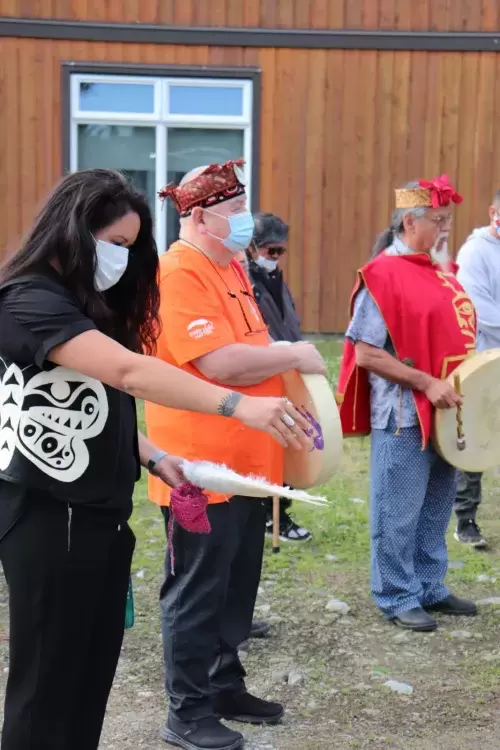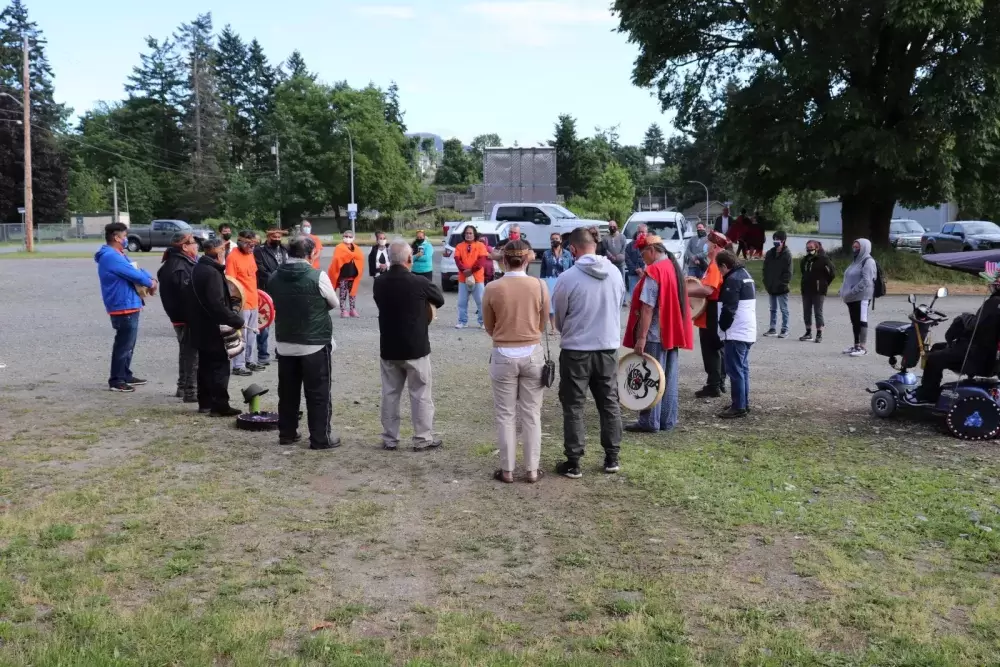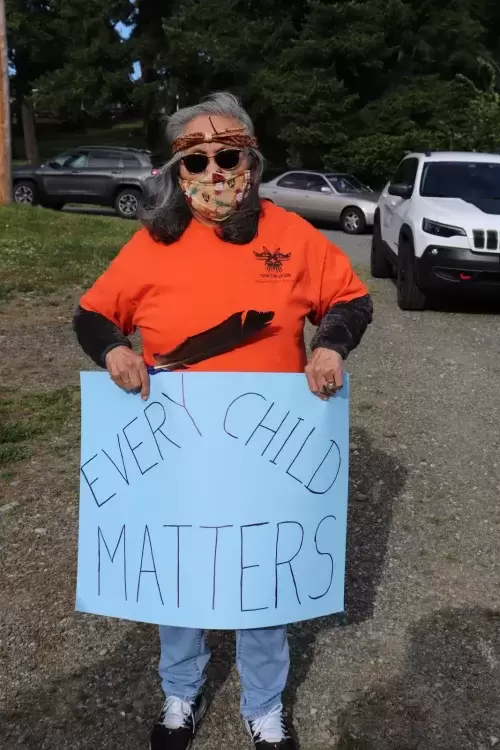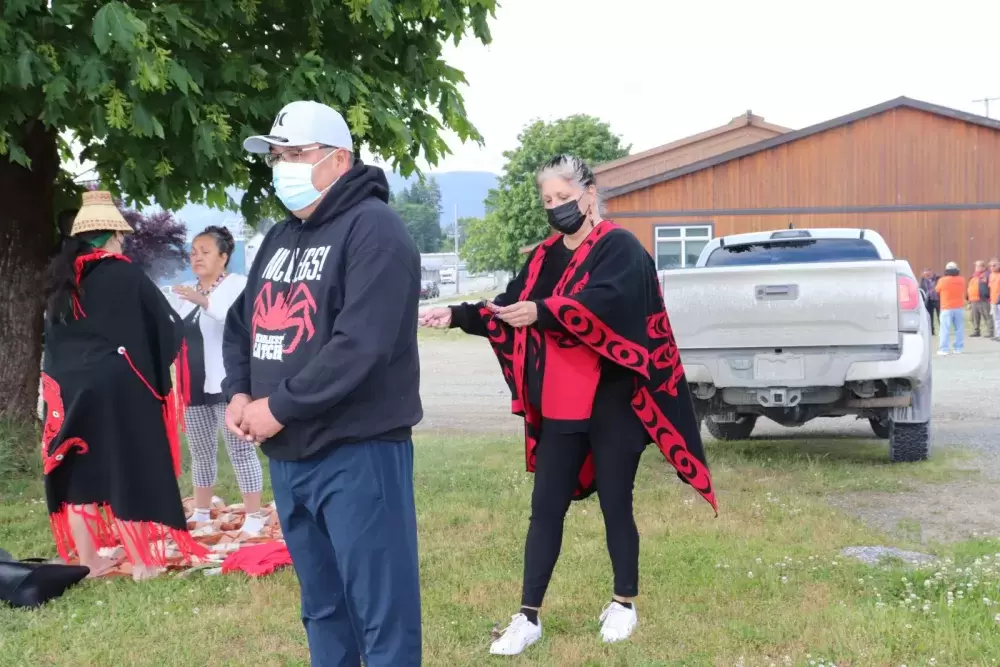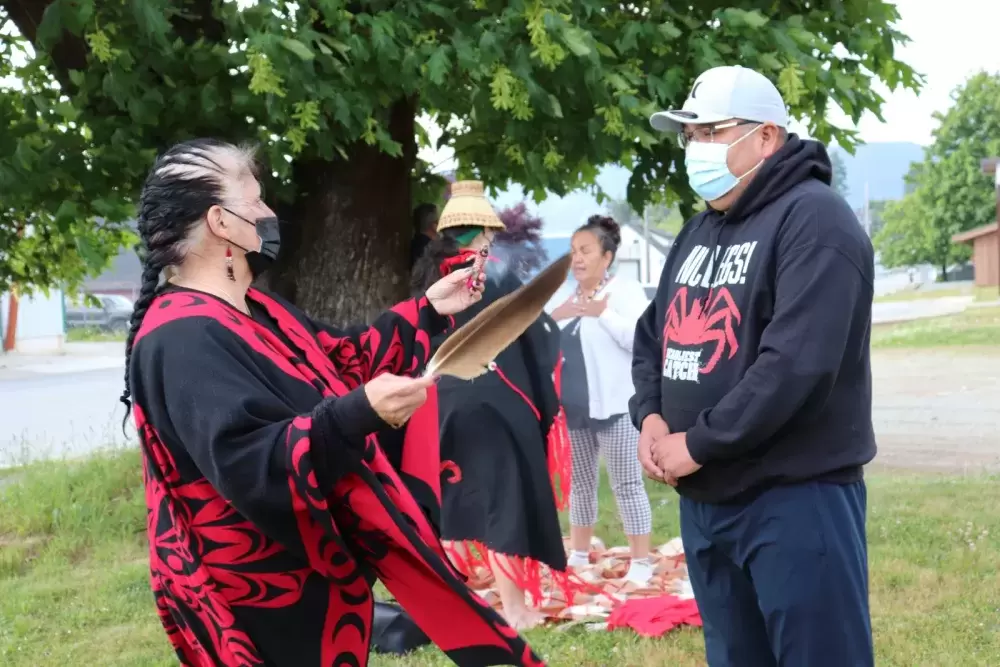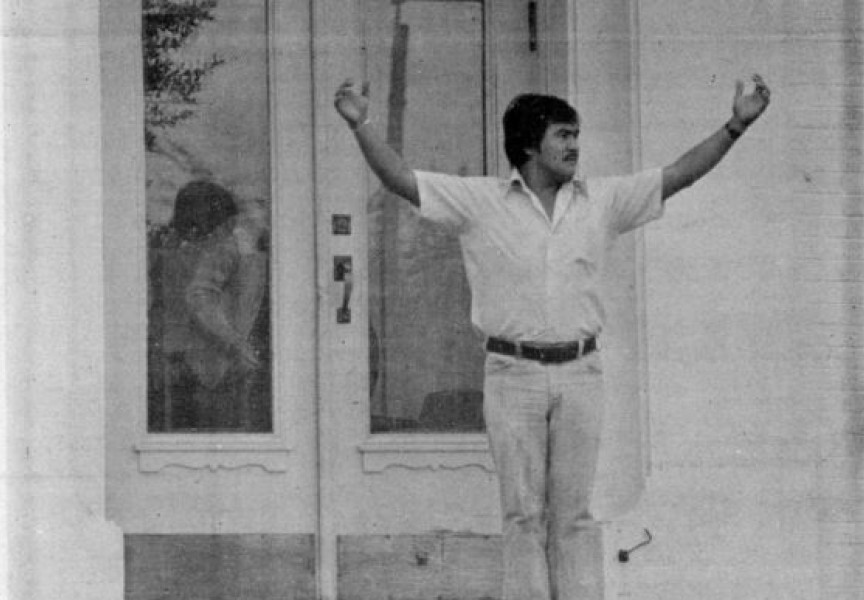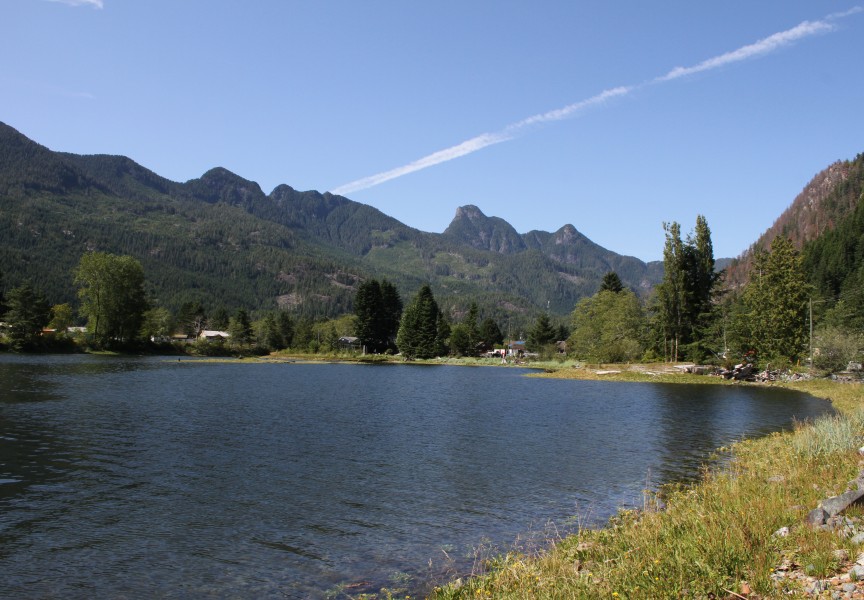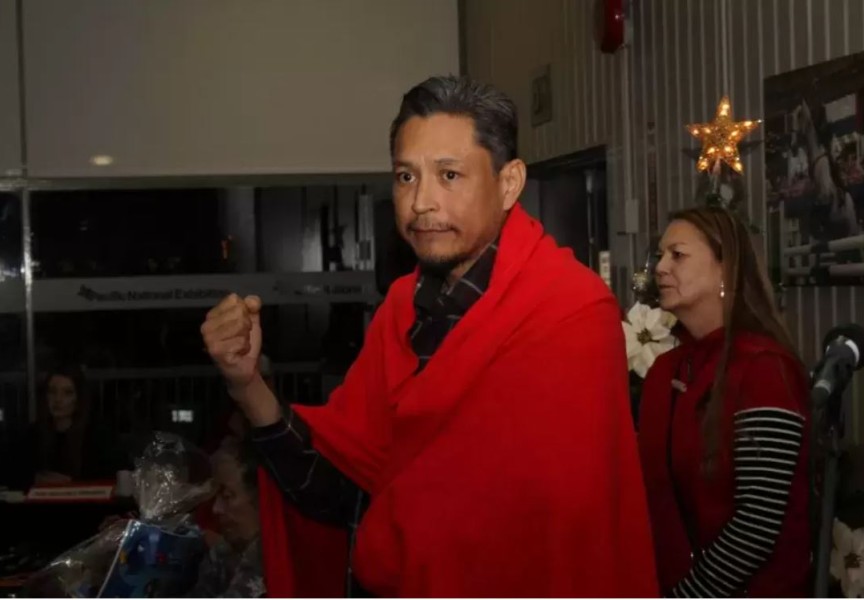Tk’emlúps te SecwépemcKukpi7 First Nations reported the heartbreaking discovery of the remains of more than 200 children on the grounds of the former Kamloops Indian Residential School.
In a statement dated May 27, 2021, Chief Roseanne Casimer, said, “It is with a heavy heart that Tk’emlúps te SecwépemcKukpi7 confirms an unthinkable loss that was spoken about but never documented by the Kamloops Indian Residential School. This past weekend, with the help of a ground penetrating radar specialist, the stark truth of the preliminary findings came to light – the confirmation of the remains of 215 children who were students of the Kamloops Indian Residential School.”
The Kamloops Indian Residential school was the largest in Canada, with up to 500 Indigenous children from all over the province forced to attend at times. The institution was part of the Canadian residential school system and one of the 130 schools for First Nations children that operated in Canada between 1874 and 1977. The school building still stands today.
Residential Schools were typically run by Christian churches or the federal government from the 1840s to the 1990s. They were designed to strip children of their culture and assimilate them to the ways of the Euro-Canadian settlers.
Indigenous children as young as five years old were removed from their families and forced to attend the schools, where many children say they suffered horrific physical abuse, rape, malnutrition and other atrocities. Canadian Prime Minister Justin Trudeau and other federal leaders have apologized for the schools and compensation has been paid to thousands of Indigenous people who were affected.
This announcement has re-opened wounds for some elderly survivors of residential schools.
“It’s horrible,” said Tla-o-qui-aht elected chief Moses Martin, ading it’s proof that the things the survivors said really happened. “This is confirmation of what our people have been saying, I feel for the families.”
NTC Vice-President Mariah Charleson never attended residential school, but her father, his siblings and parents did.
“I only ever stepped foot at Old Christie grounds once,” she wrote in a social media post, saying she was there to hike a mountain a few years ago. Her uncle brought her to where Christie Indian Residential School once stood on Meares Island near Tofino.
“He told me about how it was...girls on one side and boys on the other when they went to school there,” she wrote. “First thing I noticed was the graveyard. It’s not normal for a graveyard to be at a school people!!”
Barney Williams, an 81-year-old Tla-o-qui-aht elder, was one of several Nuu-chah-nulth people who attended Kamloops Indian Residential school. He said he couldn’t remember the year but he was there for Grades 9 to 11. Most of those he was there with are gone, but a few are still with us.
“There was Wilson George, Steven David, Earl Smith, Eugene Leo, the Hayes sisters, Mary Rose, Odelia and Josephine,” he recalled. There was also Anna Joseph. Vi George (Amos), Felix Charleson and Howard Tom.
Williams said they were completely unaware that there was a burial ground at the school. But he remembers stories.
“There was a couple of people missing but they always attributed it to running away or getting killed on a train track,” he said.
As to why he would go so far from home when there were residential schools on the island, Williams explained that he was raised Catholic so he had to go to a Catholic residential school like Christie, which also had its own cemetery. It was up to the authorities to decide which institution the children would be “shipped” to, as Barney recalled. Christie was an elementary school, only going from Grades 1 to 8. The Kamloops school encompassed Kindergarten to grade 12.
Williams was feeling emotionally drained after hearing news of the find in Kamloops.
“It’s been a tough day, emotional,” he said.
“It brings up a lot of emotion for a lot of us, it brings us back to that time and place. I know my brother Earl was upset about it,” he added. “We heard a lot of stuff and now there’s proof.”
Racelle Kooy, media contact for Tk’emlúps te SecwépemcKukpi7, indicated that the 215 children’s remains found could change. These are preliminary findings and there will be an update in June, she told Ha-Shilth-Sa.
“We had a knowing in our community that we were able to verify. To our knowledge, these missing children are undocumented deaths, some were as young as three years old,” stated Kukpi7 Rosanne Casimir.
In the meantime, Tk’emlúps te SecwépemcKukpi7 has engaged the coroner and is reaching out to the communities that had children attending Kamloops Indian Residential School.
The Secwépemc Museum Archivist is working with Royal British Columbia Museum and others to seek out any existing records of these deaths.
“The Tk’emlúps te SecwépemcKukpi7 will continue to work with the ground penetrating radar specialist to complete the survey of the former Kamloops Indian Residential School grounds,” stated the First Nation.
There was a vigil in honour of the 215 children buried in Kamloops at the Port Alberni Friendship Center. Organized by residential school survivors Wally and Donna Samuel, the vigil began at 6 p.m.
The Indian Residential School Survivor Society has an Emergency Crisis Line that operates 24 hours a day, seven days a week. For help, call 1-800-721-0066. Or call the 24-hour Crisis Line at 1-866-925-4419.



